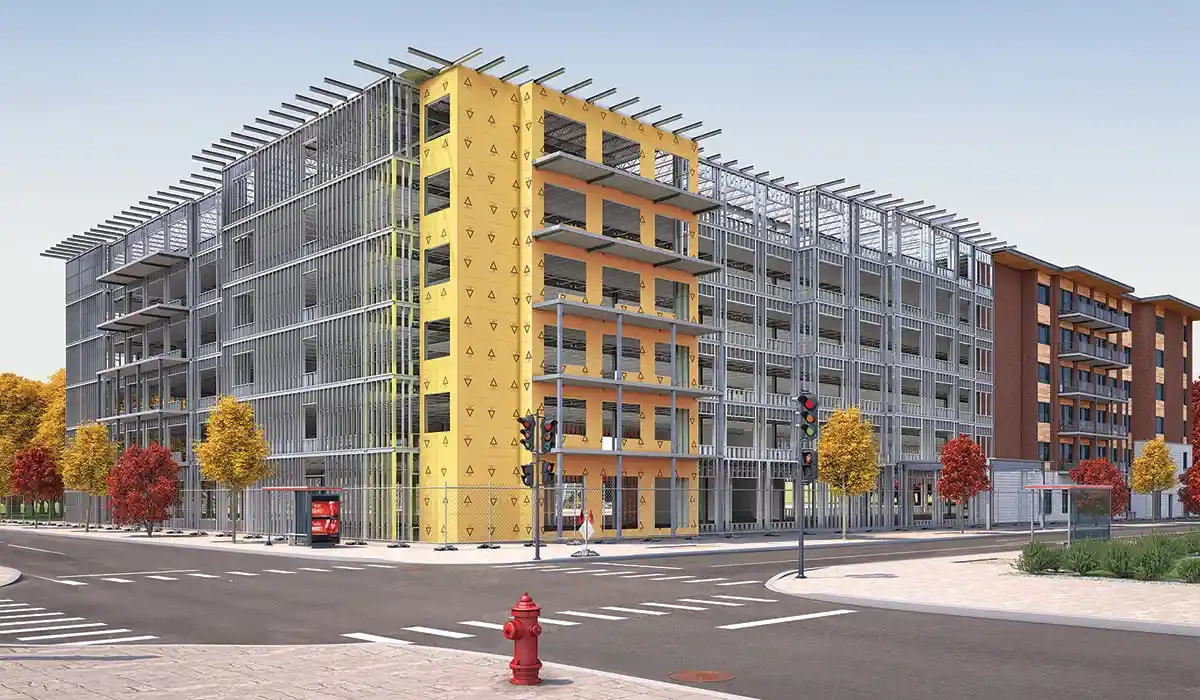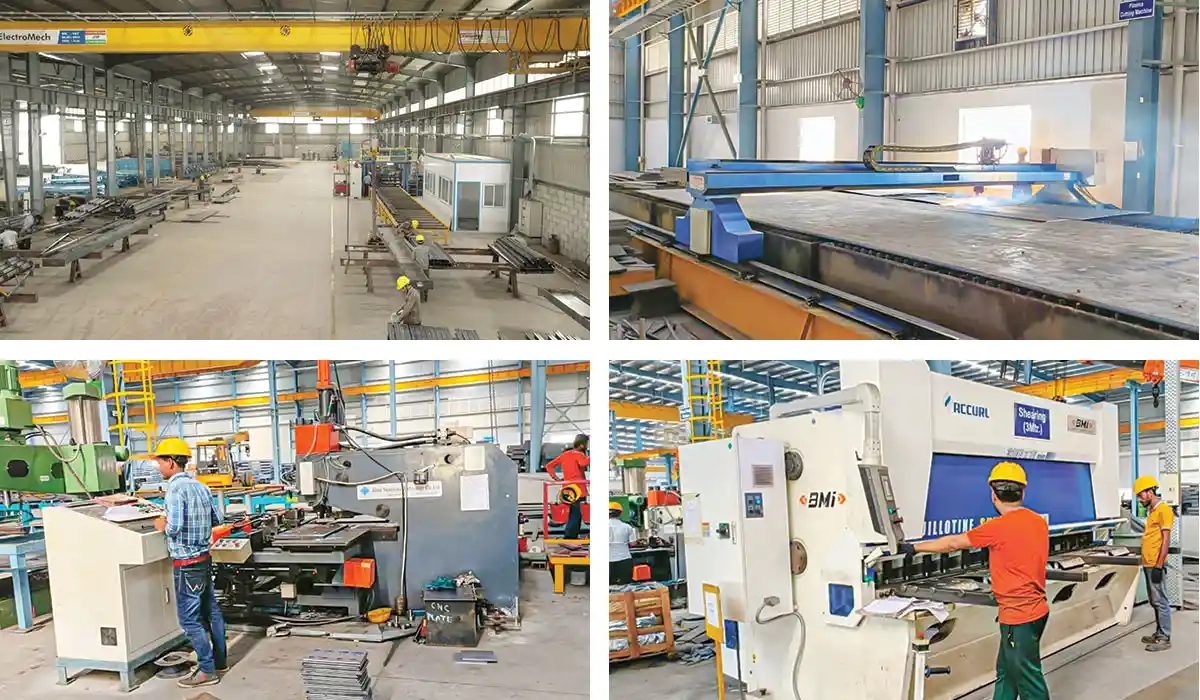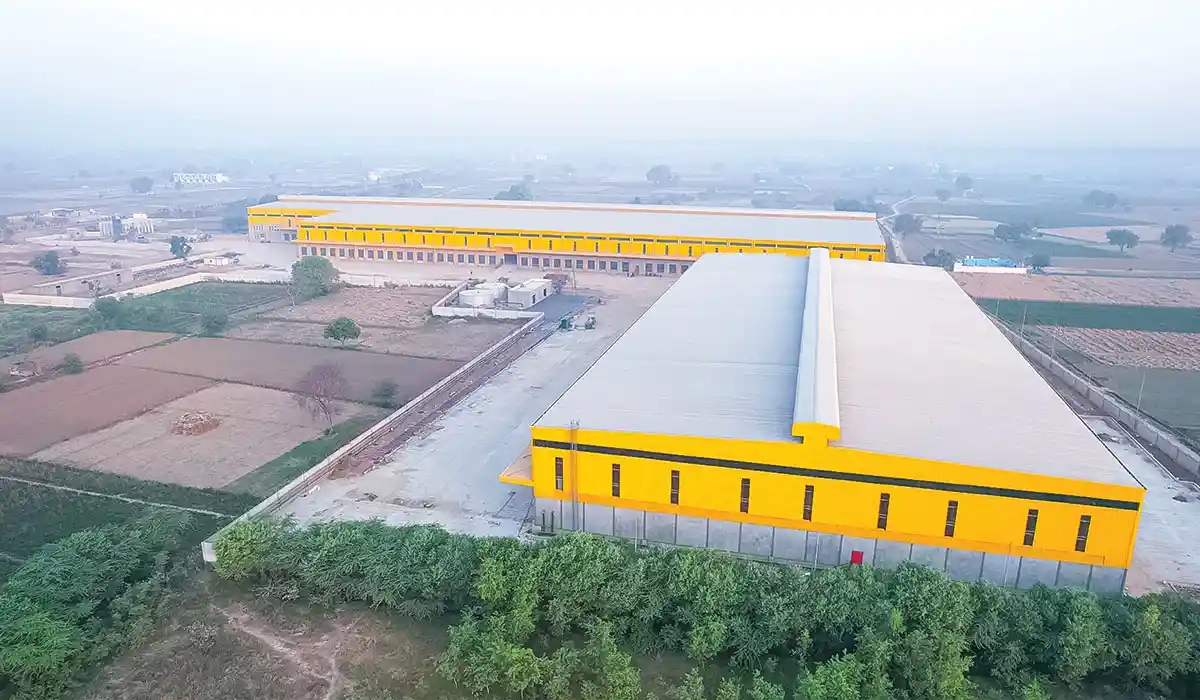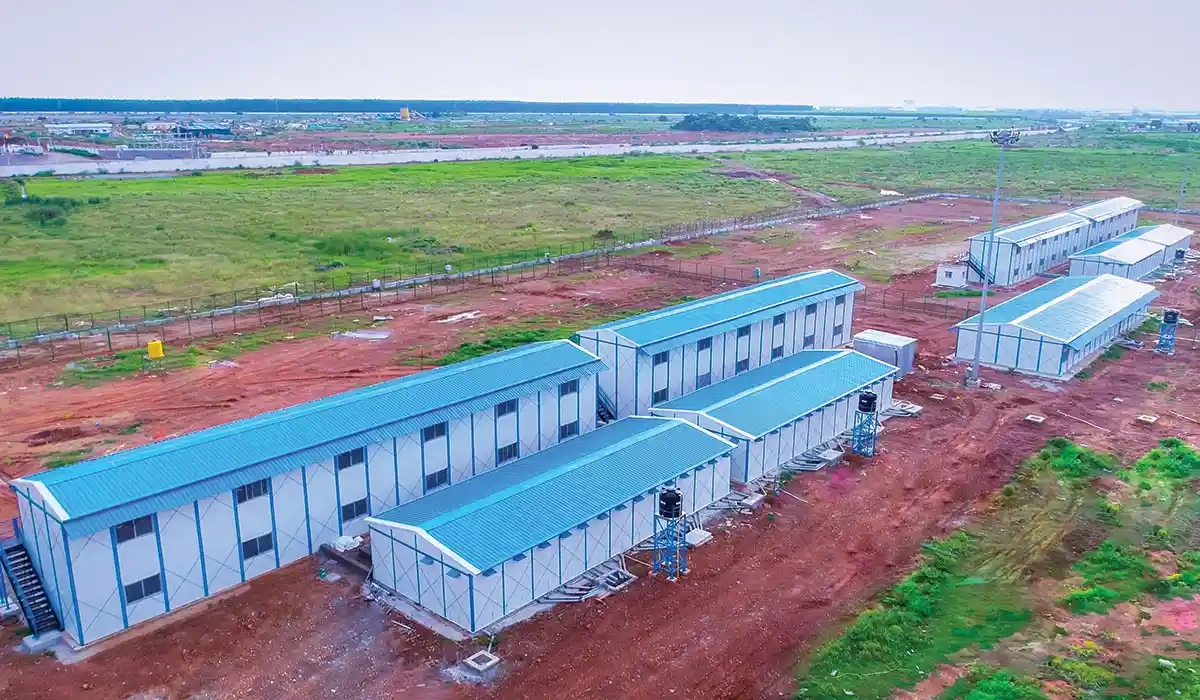EPACK’s Proven Prefab Technology

With the concept of Prefab construction gaining ground in India, what new challenges will arise in the construction industry?
The construction industry’s primary focus is on constructing projects more quickly, safely, and sustainably, making PEB and Precast as one of the finest ways to do this. These kinds of construction are more resilient, adaptable, durable, and sustainable. Prefabrication is therefore thought to play a significant role in the construction of all infrastructure and the ‘Digital India’ objective. We estimate that steel utilization will increase over the coming years despite the shifting steel prices.
In terms of challenges, firstly, Prefabs demand significant upfront investments, and contractors need a high level of certainty before making such commitments. This uncertainty is one of the biggest issues we encounter in the Indian market.
Furthermore, the option of renting the tools necessary for lifting heavy prefab modules is not available due to the restricted number of prefab projects. This adds to the contractor’s workload. Also, in case of a project’s discontinuity, it will turn this investment into a liability. Last, but not the least, prefab adoption in India still requires a major push from the government and the private sector.

What are the benefits of using Prefab over conventional construction system and how does it support the green movement and cost effectiveness?
Prefabricated structures address the issues that we face during conventional building while offering a number of benefits. They allow people to get the space ready in a shorter time as compared to conventional buildings which take a huge amount of time. These buildings are the best cost-effective alternative to conventional buildings. The parts are manufactured at the factory which saves a lot of money when compared to conventional practices where construction starts from scratch. At the same time, these structures help in cutting down maintenance costs. Also, they are resistant to extreme weather conditions and can withstand heavy rain, storm, and other climatic conditions. Hence, they reduce maintenance costs while offering durability.
They are also customizable solutions, allowing owners to expand the area to meet space requirements and most importantly, the fact that the materials used in prefab construction may be recycled and reused making these buildings environmentally beneficial above all else. It appears to be the ideal structural choice nowadays when taking environmental safety considerations into account.
What is the market opportunity for Prefab technology in building affordable and low-cost housing projects in India?
The acceptance of prefab technologies in building housing projects is slowly increasing. Prefab structures have already made a move into building of schools, hospitals, healthcare centers, kiosks, etc. In terms of the housing sector, it is beginning to be used for construction of outhouses, servant rooms, study rooms, or for extension of buildings. It is extremely beneficial, time saving, and can be adopted very easily.

What are EPACK’s manufacturing capabilities and the technical attributes of your engineered products? Please name some important projects undertaken by the company.
EPACK Group constructed the Hindon Airport within 4 months in 2019 - one of the fastest airport constructions in India; it was also appreciated by PM Shri Narendra Modi. We delivered the Amarnath Yatri Niwas in Ramban for CPWD; it has been declared as the fastest construction in the history of Jammu and Kashmir. We constructed India’s largest glass manufacturing unit in Karnataka for a leading float glass manufacturing company. We delivered the first medical college in Manipur in time to start the academic session with 100 MBBS seats.
We have manufacturing plants at Greater Noida in Uttar Pradesh, and at Ghilot in Rajasthan, spread across 6,00,000 sqft, where they produce more than one lakh metric tons of prefab modules per annum. The plants are equipped with the latest machinery, tools, and techniques that run on automation. There are multiple EOT (Electric Overhead Travelling) cranes, so we do not require Hydra cranes, which are commonly found in most factories. Plus, automation ensures there is minimal need for human intervention.

What quality control systems have you put in place?
EPACK overall has a very strict quality control policy. We purchase raw materials only from renowned/approved sources, especially for the steel structures, and even the smaller parts like hardware screws, nuts, and bolts. Most of our raw materials are indigenous and the prefabricated technology used is produced in-house.
We generally buy steel from JSW and Tata BSL. Purchases are usually of the steel plates ranging from the 3M-4M thickness for the steel framework to 32M - 48M thickness. For we have a strict quality control standard so we source only from approved vendors.
What is the design software and code of practice adopted for Prefab construction?
Design software primarily used is STAAD for the steel framing system. We use the software to model the design which is then approved as per the Indian Standard or the American code. After the design is approved, it undergoes a process of preparation of fabrication drawings for each part on AUTOCAD or on TEKLA.
Apart from these, other design Software such as MBS and LGSF systems-FRAMECAD or VERTEXCAD are set in place for this process.

Prefab is a highly mechanized way of construction that also entails manufacturing, storing, transporting the modules to the site, and their installation; so, how do you manage the logistics and with what safety measures?
Our products are varied in nature: for larger buildings, the high beams and columns are transported in open 40 feet trailers. Our first focus is on their packaging as it is the most sensitive aspect in logistics; hence, all the products are properly wrapped so they do not get damaged during transit or while unloading at site.
The second most important aspect is choosing the vehicles; we generally use covered trucks for transportation so that even during the rainy season, there is no damage to the products.
During unloading, the heavier sections are moved with the help of cranes or hydras at site. Generally, EPACK’s erection crew along with the project engineer oversee the unloading of the larger pre-engineered components at the site. Unloading is done in consultation with the customer and the products are kept near the site so that they can be easily lifted and erected without any damage.
Since setting up a Prefab plant is very capital-intensive, what are the challenges in making it commercially viable right at the start?
Yes, the whole process is capital-intensive. To begin with, to set up a good plant, one must have at least 2,00,000 sq.ft area. So, the first big investment is in the land, followed by the manufacturing unit, and then setting up the machines. Automizing the plant maybe expensive but in the long term it proves to be very beneficial as it reduces dependency on workers.
When we talk of steel, especially the heavy steel, at the most, we have cold steel from 4mm up to 20-24mm, which makes the process less labor-intensive. For putting the whole structure together, we have invested in various software systems; we just need to feed the design into the machine with a pen drive or any media.
NBM ICCT, November-December 2022



















